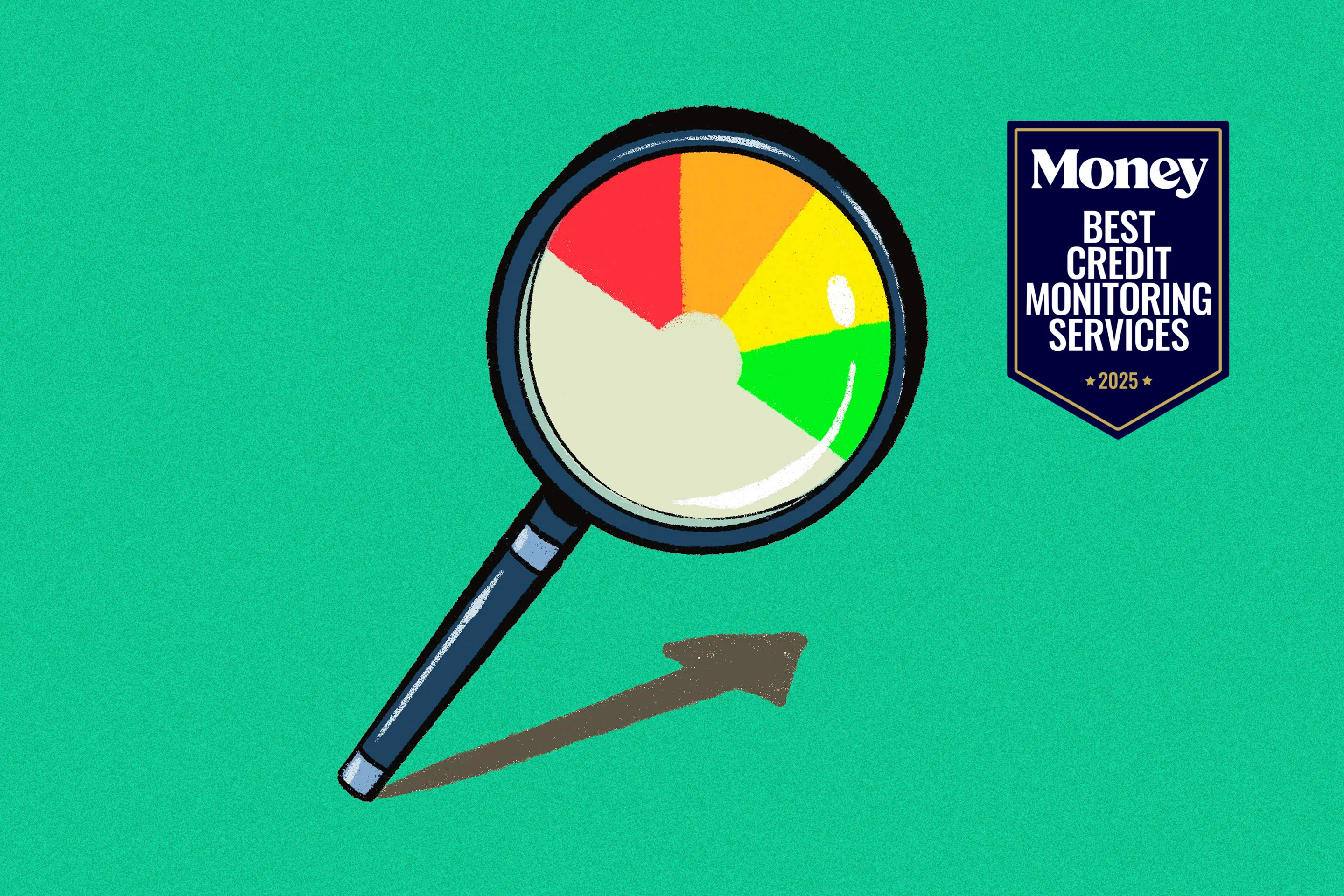Teen Driver Courses Help Make Your Kid Safer on the Road — and Can Save You Money

Driving is a rite of passage for many teenagers, but it comes with its own set of risks. According to the CDC, teens aged 16 to 19 are at a higher risk for car accidents than any other age group. This is why comprehensive driver education is crucial for young drivers to ensure their safety on the road.
Driver’s education programs are designed to provide teens with structured lessons on traffic laws, defensive driving techniques, and safe decision-making while driving. These programs also typically require a minimum number of supervised driving hours, which can vary depending on state requirements. In fact, at least 37 states require teens to complete driver’s education in order to get licensed, making it not just a smart choice but a legal requirement in many parts of the U.S.
There are various types of driver’s education courses available to teens, including courses from certified driving schools, public school driver education courses, online courses, and parent-taught programs. Each type of course offers its own unique benefits and flexibility to cater to the needs of different teens and their families.
Driver’s ed programs cover a wide range of topics to help new drivers develop the necessary skills and knowledge to stay safe on the road. These topics typically include traffic laws, defensive driving techniques, vehicle familiarity, emergency procedures, and alcohol and drug awareness.
Aside from learning practical driving skills, completing a driver’s education program can also lead to insurance discounts from many providers. Insurance companies often reward young drivers who have completed an accredited driver training program with lower insurance rates. Additionally, some insurers offer even deeper discounts for teens who go on to take a defensive driving course, which focuses on improving driver skills and reducing risks even further.
In addition to insurance discounts, some insurers also offer discounts for teens who maintain good grades in school or college. Another option to explore is switching to a telematics plan, where driving habits are monitored through a device or phone app, and premiums are adjusted based on how well the teen drives.
Overall, driver’s education is a crucial investment in a teen’s safety and confidence on the road. By mastering the fundamentals of driving and developing strong defensive driving skills, new drivers can lower their risk of accidents and ensure a safer driving experience for themselves and others on the road.





